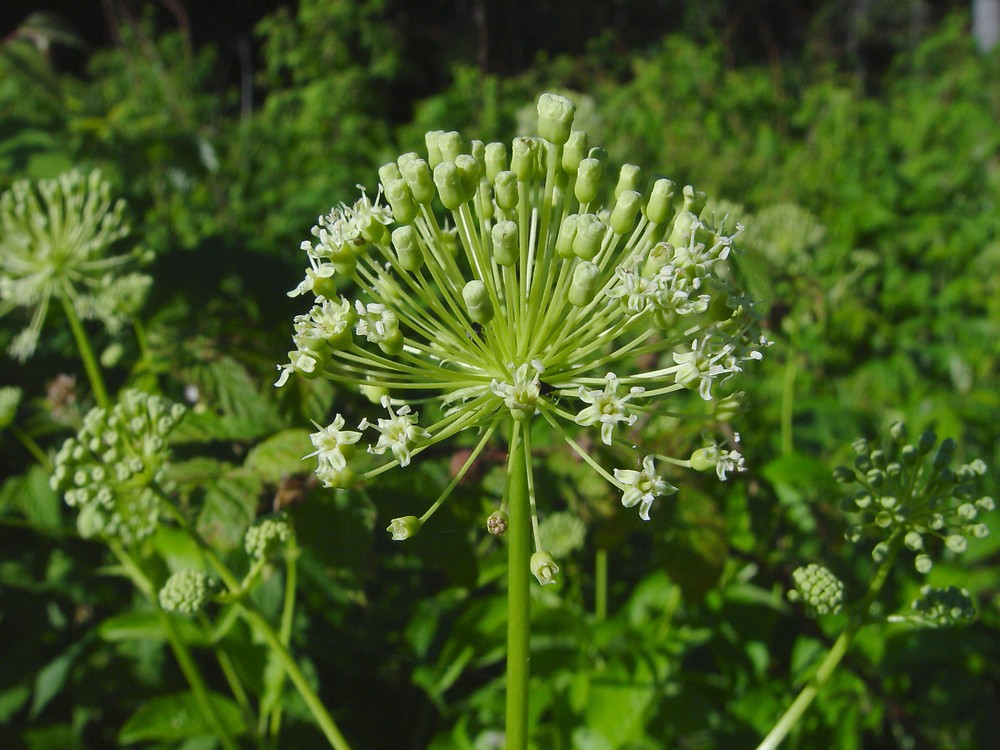American spikenard
(Aralia racemosa)

Description
Aralia racemosa, with common names American spikenard, small spikenard, Indian root, spice berry, spignet, life-of-man, petty morel, is an ornamental plant in the family Araliaceae native to the United States and Canada. It is a herbaceous plant, about 1 to 2 m (3 ft 3 in to 6 ft 7 in) tall, which grows in shady areas. Its native range includes most of the eastern United States. Aralia racemosa is a species of Magnoliopsida described by Carl von Linné. Aralia racemosa belongs to the genus Aralia, and the family Araliaceae. Aralia or spikenard, is a genus of the family Araliaceae, consisting of 68 accepted species of deciduous or evergreen trees, shrubs, and rhizomatous herbaceous perennials. The genus is native to Asia and the Americas, with most species occurring in mountain woodlands. Araliaplants vary in size, with some herbaceous species only reaching 50 centimetres (20 in) tall, while some are trees growing to 20 metres (66 ft) tall. Aralia plants have large bipinnate (doubly compound) leaves clustered at the ends of their stems or branches; in some species the leaves are covered with bristles. The stems of some woody species are quite prickly, as in Aralia spinosa. The flowers are whitish or greenish occurring in terminal panicles, and the spherical dark purple berry-like fruits are popular with birds. Aralia species are used as food plants by the larvae of some Lepidoptera species, including the common emerald (Hemithea aestivaria). There are many colours of aralia flowers. The main flower is whitish aralia. Some species, notably Aralia cordata, are edible and are cultivated for human consumption. None of these subspecies are listed.
Taxonomic tree:







